When going to Venice, one of the top sights to visit is St. Mark’s Basilica, but what should you see once inside? We asked our local guides for the inside scoop and created this article on the top things to see inside and nearby St. Mark’s Basilica
Pro Tip: Planning a trip can be pretty stressful. There is so much information that it’s easy to forget the little things. Therefore, If you like this article, consider bookmarking this post and a few other great reads that could help reduce some of that stress:
We offer competitvely prices small group and private Venice Tours which are absolutely the best way to get beneath the surface with a local guide.
Top 11 Things to See in and Near St. Mark’s Basilica
Venice is undoubtedly one of the world’s most beautiful and unique cities. For example, it is an archipelago or cluster of 118 islands connected by over 400 bridges and 177 canals. How incredible is that?
When you are visiting Venice, one of the must-see areas is San Marco. Consequently, in this small area, you will find a high concentration of really cool things to check out. We asked our local guides in Venice to give a top list of things to see and this is what they came back with.
1. St Mark’s Square
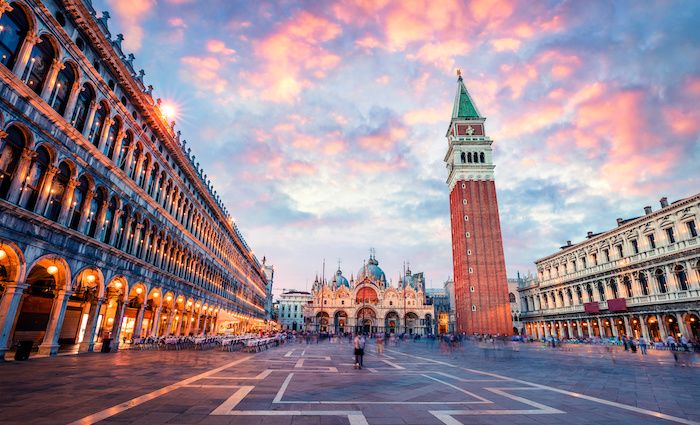
St Mark’s Square is named after the Basilica of St. Mark. The Basilica is obviously named after the Apostle, Mark, whose relics are contained inside. What you see today looked nothing like you would have seen in the 9th century when the area began to take form.
There was an orchard growing fruit occupying part of the space as well as a small canal running through it. Imagine a much more rural setting than the photo above. That said, the Campanile or bell tower was erected in the 10th century in some form, but we’ll get to that below.
It wasn’t until the 12th century that the square began to start taking shape. For instance, the locals filled in the canal and demolished some structures in the area to make way for the grand piazza. The Procuratie on the left side of the photo was constructed in the 13th century and consisted of offices and residences for the procurators of the Basilica. In the 18th century, they laid the current flooring in the piazza.
2. St Mark’s Bell Tower
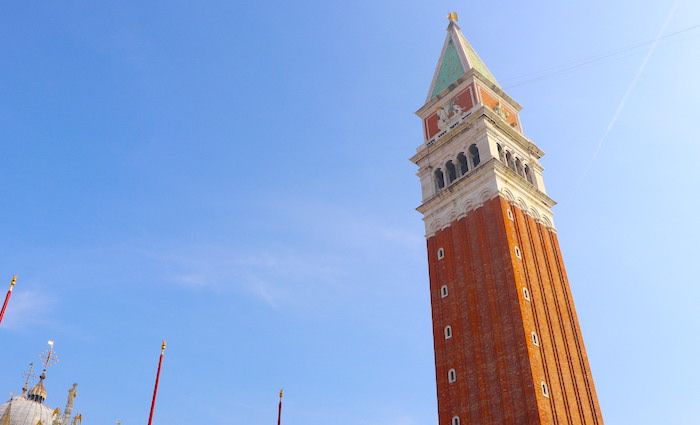
The Campanile of St Mark, or bell tower in English, is a crowning jewel of St. Mark’s Square and the Venetian skyline. Originally the descendants of the original Roman inhabitants constructed it in the 10th century. The structure was built for the same purpose it serves today; a great view.
That said, the purpose was much more important in the 10th century. For example, a watchtower could spot enemy ships from a distance and maintain the safety of inhabitants. It is 323 feet tall (98.6 meters) making it the tallest structure in Venice.
The original bell tower collapsed in 902 just around its 100 year birthday. As a result, the structure you see today is a copy of the original built over 10 years from 1902 – 1912.
In popular culture, the bell tower’s shadow, Ombra in Italian, is the term they use to describe a glass of wine in Venice. This is because the fisherman would come back from fishing in mid-day and have a glass of wine in St. Mark’s Square. To hide from the sun, they’d stand in the ever-moving shadow of the bell tower cast across the piazza
Popular Venice Tours
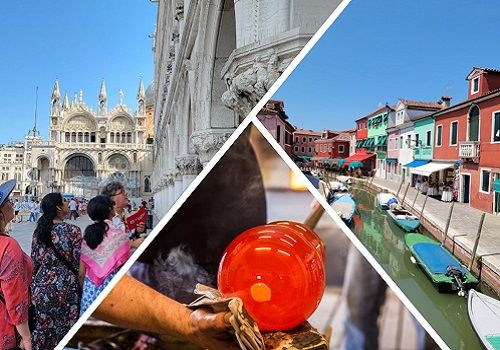
Best Selling Tour
Ultimate Venice in a Day with Murano and Burano
The ultimate tour of Venice. You’ll get skip-the-line access to the most important buildings in Venice, plus a gondola ride, and private transportation to the islands of Murano and Burano. It’s a full day of touring that will make for the best memories in Venice ever.
See Prices
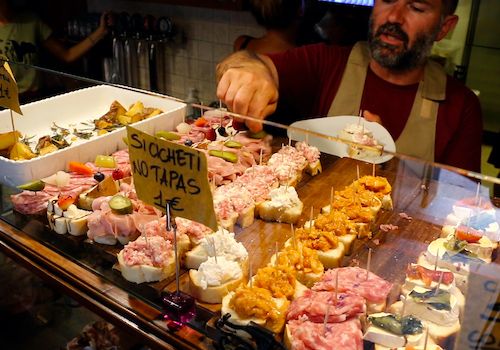
Authentic Experience
Venice Evening Food Tour in Cannaregio District
People who say Venice is too touristy have not done enough research. Cannaregio is an amazing break from the crowds, and our food tour is the most authentic way to experience it. Taste cicchetti and other Venetian specialties including wine. You’ll leave with a full stomach and a love for Venetian food!
See Prices
3. Doge’s Palace
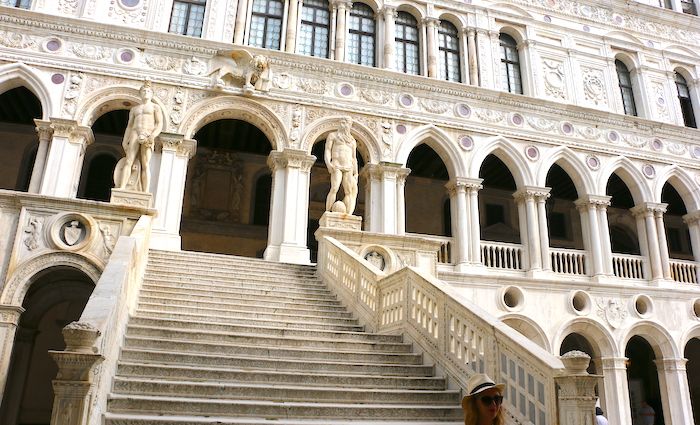
The Doge’s Palace was first built in Venice in the 9th century for the Duke of Venice but little to nothing remains of that structure today.
After 1296 more people had the right to take part in legislative assembly meetings. Therefore, this meant that they needed to enlarge the government areas. The result of those works is the beginning of the building that we can see today. The work started around 1340 under Doge Bartolomeo Gradenigo (1339-1343) and was mostly the side of the palace facing the lagoon.
Guariento, the Paduan artist, decorated the east wall of the Great Council Chamber with a large fresco in 1365. The Delle Masegne family decorated the windows. In 1419 the Great Council met in this chamber for the first time.
In 1424, renovation works continued on the side of the building which faces the San Marco Square. A new wing was designed which went hand in hand with the design that overlooked the lagoon. Finally, the facade that faces the square was completed with the construction of the Porta della Carta which was designed by Giovanni and Bartolomeo Bon.
Fire of 1483, 1574, & 1577
A raging fire destroyed the canal side of the Palace which included the Doge’s apartments in 1483. At this time Antonio Rizzo introduced the new Renaissance style to the building. They finished the works in 1510 and replaced Rizzo with Maestro Pietro Lombardo. Subsequently, the new architect began the design of the facade and the Giant’s staircase in the internal courtyard.
Giants Staircase
During this period Sansovino’s created two large marble statues of Mars and Neptune at the top of the Giant’s staircase. While another fire broke out in 1574, it didn’t cause any serious damage, but mostly the wood furnishings. Hard to believe, but in 1577 another fire damaged the Sala dello Scrutinio and the Grand Council Chamber which destroyed masterpieces by Gentile da Fabriano, Pisanello, Alvise Vivarini, Carpaccio, Bellini, Pordenone, and Titian. By 1580 they had restored the area to its original appearance.
Napoleon
The Venetian Republic fell in 1797 first to the French, then to Austria, and finally became part of a unified Italy in 1866. The Palace had been the heart of political and public administration when it had independence so it ceased to hold those functions once occupied and lost relevance.
Museum Today
As a result of the state of disrepair, major renovation works began at the end of the 19th century to spruce it up. They removed many of the original 14th-century capitals to the Museo dell’ Opera for safekeeping. All the public offices were moved elsewhere except the State Office for the Protection of Historical Monuments which is still housed here. It became a museum in 1923 and in 1996 became a part of the Civic Museums of Venice network. It is definitely the top museum to see near St. Mark’s Basilica if not in all of Venicie.
4. St. Mark’s Basilica
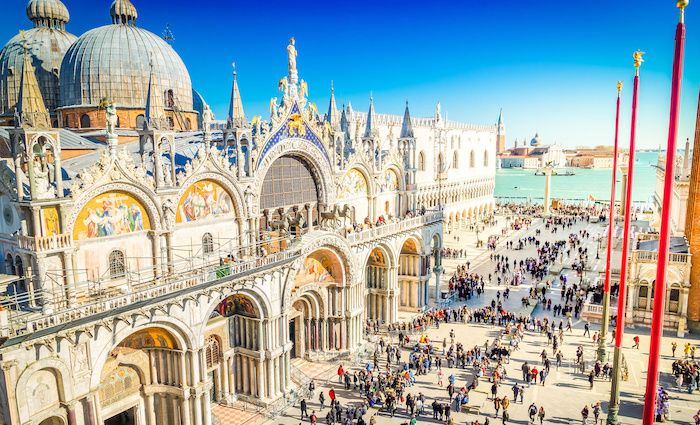
The Basilica di San Marco or St. Mark’s Basilica is the main cathedral in Venice dedicated to the patron saint of Venice; St. Mark. St. Mark was an apostle which is a pretty big deal in the Catholic church and Christianity as a whole.
What you see today, shown in the picture above, has been a work in progress over the last 1100 years or so. The original church that stood there similar in its layout but the design and ornamentation has evolved greatly.
Originally, the patron saint of Venice was St. Theodore who was a Greek saint. Originally, the structure was built around 819 and was likely constructed primarily from wood. About ten years later, the relics of St. Mark were stolen from Alexandria in Egypt.
Stealing Saint Mark
Having the relics of an apostle would be a massive draw to the city of Venice so the current Doge decided to change the patron saint of Venice to St. Mark. At the end of the 11th century, they started building the structures that you see today.
One of the first things you’ll notice is the difference between this Basilica and others in Italy. You should know that Venice is very different from Italy in that the city tends to skew more eastern European – they are right on the border. Many things are unique to the city and others influenced by the east. The Basilica of St. Mark has a strong resemblance to the Hagia Sofia of Byzantium.
Never heard of Byzantium? How about Constantinople? Ok, one more try; Istanbul? Venice was was of Byzantine Empire until they broke away in 1171.
The church is extremely ancient. Much of the construction took place between the 11th and 13th centuries. Frescoes have been updated, more gold has been added, and statues built-in but you are definitely looking at one of the older churches on Earth. There is no argument that it is the most important church to see in St. Mark’s Square as well as all of Venice.
5. Pala d’oro, St. Mark’s Museum and the Treasure of St. Mark’s
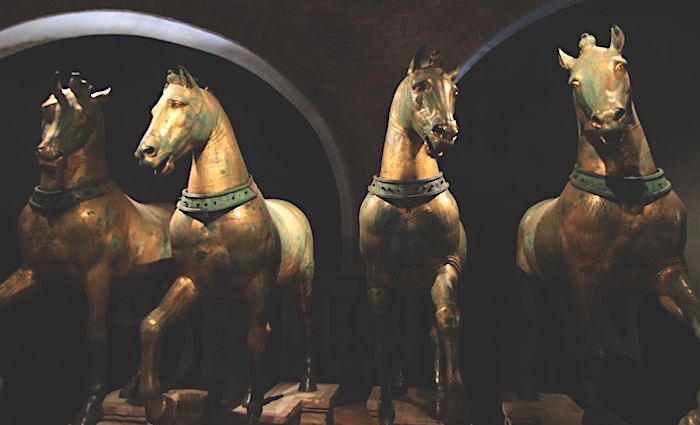
Yes, these three spots are actually inside St. Mark’s Basilica. While the Basilica is free to enter, these areas charge admission so that’s why I made them a separate item.
Pala D’Oro
The Doge Ordelaffo Falier ordered the design in 1102 and received it in 1105. He wanted to create a screen to go over the high altar.
Certainly, this is one of the main highlights of visiting the church. The word Pala comes from the Latin word Palla for cloth. As a result, the church would at times decorate the images of saints with this cloth, and over time they replaced it with gold or silver.
The Treasure Of St. Mark’s
The Treasure of St. Mark’s” is a collection of precious objects and masterpieces kept inside of the Basilica throughout the centuries. For example, you’ll see ancient vases, amphorae, enameled glasses covered in precious stones displayed throughout the perimeter.
Moreover, the collection consists of 283 pieces in Gold, Silver, and other precious metals. The most interesting objects and also the bulk of the collection are objects that the victors of the conquest of Constantinople brought back to Venice.
St. Mark’s Museum
They established the museum towards the end of the 19th century. As with most church museums, it houses various objects with origins to the church’s history.
The most famous and prestigious work is the bronze chariot which was taken from Constantinople from the conquest of that city during the Fourth Crusade. It has been moved here from its original position outside on the Terrace of the church in order to keep it preserved.
The Museum also contains Persian carpets, liturgical vestments, illuminated manuscripts with the texts of St. Mark liturgies, and fragments of ancient mosaics removed during restoration in the 19th century.
6. St. Mark’s Clock Tower
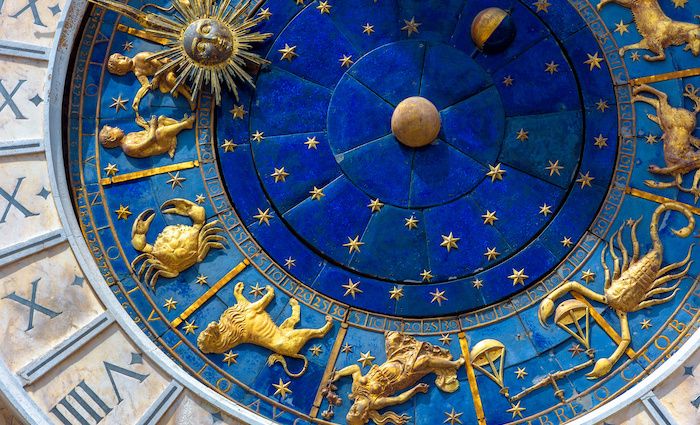
A clock tower, similar to fountains, is something we couldn’t appreciate today. Not because of millennials but the technology we have on our wrists and in our pockets today.
You have to imagine that in the 16th century you didn’t have a cell phone, wrist watch or probably even a clock in your home. If it was not for communal clocks, you simply did not know what time it was. This is very important for a commercial hub like Venice, hence St. Mark’s Clocktower.
If you are standing in Piazza San Marco you won’t miss the tower to the left of St. Mark’s Basilica. On top are two moors that wring the bell each hour. You’ll also see the Lion of St. Mark with a blue and gold starred background. The lion is the symbol of Venice. There is also an analog feature showing the hour and minutes on either side of a statue of Virgin Mary with baby Jesus. See if you can spot it!
If you are lucky, you may see the clock in full form. It only happens twice a year, but the three Magi will emerge from the clock following Jesus the child. This happens on Jan 6th which is Epiphany Day or the day the three Magi visit Jesus who becomes incarnate of God. The second time is 40 days after Easter which is the day Mary ascended to heaven. It lands on a Thursday and you include Easter into the calculation.
The clock is the jewels of St. Mark’s Square and definitely something you’ll want to see when you visit St. Mark’s Basilica.
7. Bridge Of Sighs
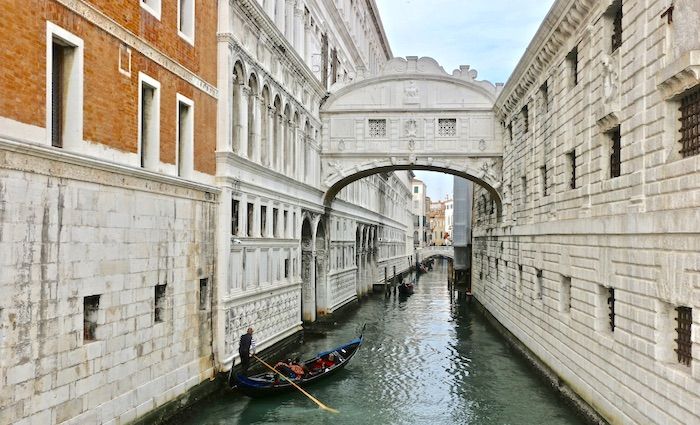
The Ponte dei Sospiri or Bridge of Sighs is one of the more poetic names for a bridge that you may ever hear. The history preserved the name. The bridge connects a prison, Prigioni Nuove, and the interrogation rooms at Doge’s Palace. Needless to say, the people taken over this bridge had sad looks on their faces; sighs.
Antonio Contino was the architect of the bridge who was the nephew of Antonio da Ponte. Da Ponte designed the Rialto bridge and his last name translates to “of the Bridge”. I doubt he was born with that name but if he was it was fate that he re-build what is one of the most famous bridges on Earth; the Rialto.
While the name ” Bridge of Sighs” was popular, Lord Byron finally immortalized it when he wrote about it in his book of 1812, ” Childe Harold’s Pilgrimage”. The famous quote is, “I stood in Venice, on the Bridge of Sighs; a palace and a prison on each hand.”
Whether the story of the sighs is true or not, it is definitely romantic. Being one of the most romantic cities in the world it is fitting as well that if you are with your loved one in a gondola under the bridge of sighs at sunset and the Bell Tower in St Marks toll, their love will last an eternity.
8. Gondola Ride
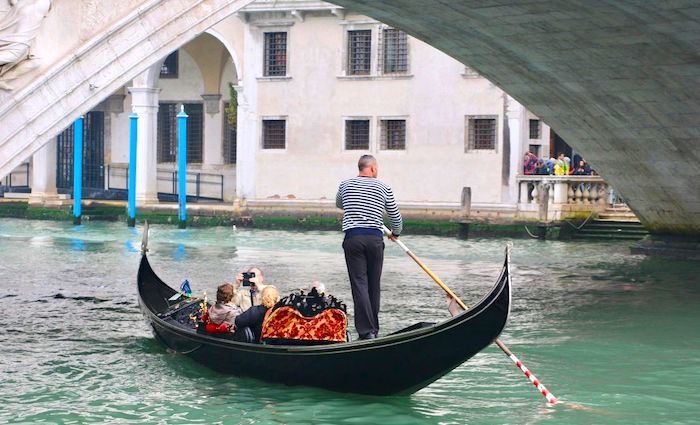
Going on a gondola ride is a must for most people when they are in Venice. You can think about it for a long time, but what is actually more romantic than sitting on a gondola while a gondolier slowly navigates you through the canals? Not with your loved one? Not to worry as the gondola holds up to six people so you can jump in one with your friends or ask someone you don’t know to come along for a ride as well!
There are many points where you can pick up a gondola around the city of Venice. The advantage of grabbing one by St. Mark’s square is that you can request to go under the Bridge of Sighs ( see above) and get a really cool perspective of history for what it was like for these prisoners who sometimes would never cross back over that bridge again.
The last time I was in Venice, I was speaking to the gondolier that was navigating me around ( yes after a hundred times in Venice, I still love to take gondolas). The story behind the gondoliers is quite fascinating since most of them today are multi- generational. This means that most of the gondoliers you see inherited this job from their fathers and grandfathers. My gondolier told me with great pride that he was a third generation gondolier.
As he was passing by other gondoliers he would scream something at them and the others would scream back. I asked him what he said and he explained that instead of speaking in Italian, they speak in a very strict Venetian dialect that is extremely local with the words already changing if you go to Murano or Burano which is just a quick boat ride away.
9. A coffee at Florian Caffe
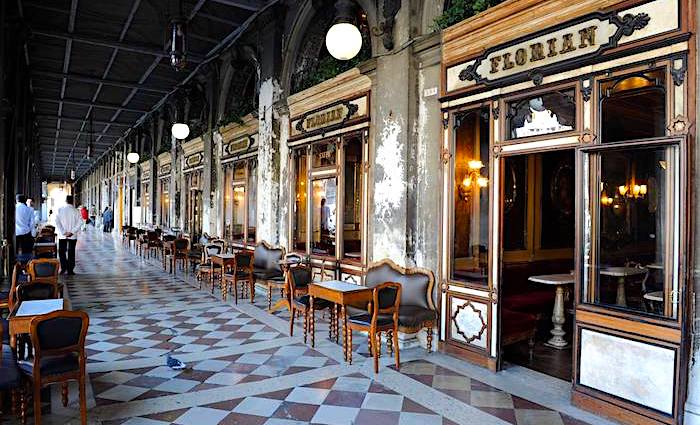
This is the most famous ( and oldest) caffé in Venice. You might have heard about the 20€ cup of coffee when sitting in St. Mark’s square? I think we are selling the place a bit short if that is all we think of when we hear Caffé Florian. First of all, you are in Venice, and secondly, if you only do it once, is it that big of a deal?
If you choose to have a coffee or other drink when you come here you have to understand that you don’t only have an amazing view in the most amazing square in the world, but you are also living in the history of the last 300 years.
The Caffé was founded back in 1720 by Floriano Francesconi and is widely regarded as the oldest Caffé not only in Italy, but in all of Europe. Afterwards, the name of the establishment changed to honor the owner himself.
Most people choose to sit outside to people watch, but there are also multiple rooms inside which have a history of their own. If you choose to sit inside, ask the waiter to tell you the history of that particular room. You will be amazed how interconnected this caffe is with worldly events.
So sit back and splurge this once on a coffee or an aperitivo and enjoy life the way it was meant to be enjoyed.
Unforgettable Venice Tours
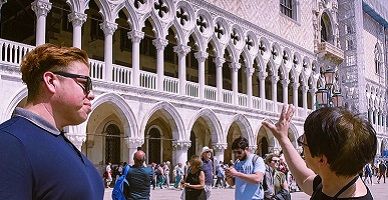
Best Selling Tour
St. Mark’s Basilica & Doge’s Palace Half-Day Tour with Gondola Ride
Get to know the best of Venice’s main attractions at St. Mark’s Square in just a few hours. You’ll have skip-the-line access at St. Mark’s Basilica. Then, head underground to the dungeons at the Doge’s Palace and cross the Bridge of Sighs.
See Prices
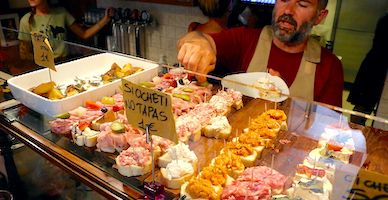
Authentic Experience
Venice Locals Evening Food Tour in Cannaregio
People who say Venice is too touristy have not done enough research. Cannaregio is an amazing break from the crowds, and our food tour is the most authentic way to experience it. Taste cicchetti and other Venetian specialties including wine. You’ll leave with a full stomach and a love for Venetian food!
See Prices
10. Isola San Giorgio
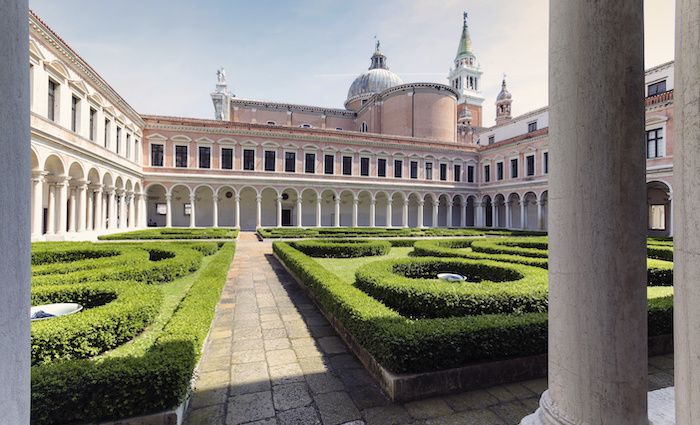
If you are looking for some fresh air and open space, San Giorgio island is a great choice. The main draw is the church of San Giorgio Maggiore. It has beautiful architecture and an amazing cloister with a garden maze. Very cool.
One of the main highlights is San Giorgio Café which has amazing dockside waterfront seating. It is a cool view of Venice and the San Giorgio Marina. You can see St. Mark’s Square which makes it really picturesque but this island is surprisingly empty as most tourists don’t know about it. Luckily you’re not most tourists anymore!
Directions: Take vaporetto (ferry) # 2 from San Marco-San Zaccaria E ferry station. It is one stop to San Giorgio ferry station and the best open space off the main cluster of Venice.
Address: Map Location
11. Procuratie
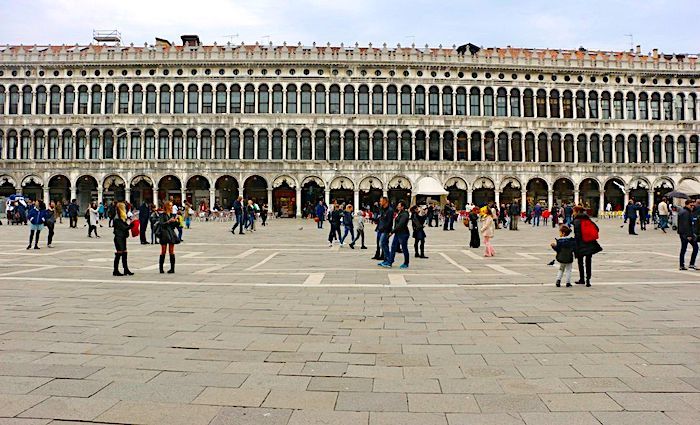
When you walk around St. Mark’s square do you ever wonder what the buildings are that have enclosed this massive square? They are called Procuratie and were built by the Procurators of St. Mark’s which were the 2nd highest officials in the Venetian Republic. They were pretty much in charge of managing the finanaces of the church and Republic which pretty much made them the most important people in charge.
While many of the buildings were used as administrative buildings, there were also numerous apartments that the procurators would rent out. Given the prestige of the area, they would charge a hefty amount that would in turn help with their financial responsibility.
The main construction you see today would have started in the 16th century with other improvements happening up to the 19th century. Today a sizable portion of the Procuratie is taken up with the Correr Museum.

Venice Small Group & Private Tours
We offer an array of small group and private tours lead by local English speaking guides. Joining one of our Venice tours is a safe bet as they’ve been reviewed by thousands of travelers since we’ve started operating in 2008. You can book online, receive a voucher and your guide will be waiting at the meeting point.
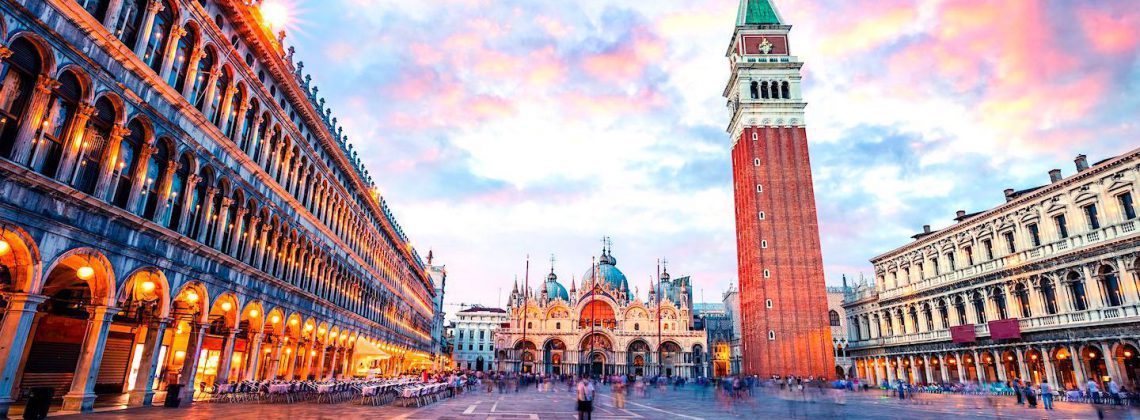
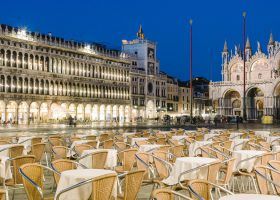
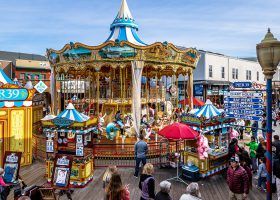
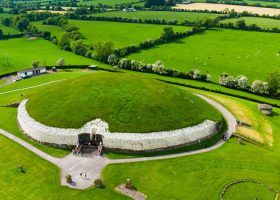


IM GOING TO VENICE FOR MY BIRTHDAY 2022 FOR A WHOLE WEEK AND IM SO EXCITED . IVE ALSO BEEN THINKING OF PURCHASING A HOUSE IN THE NEAR FUTURE. LOVE VENICE❤
Thank you for all of the information. I have used many of your suggestions to create our itinerary. We hope to travel in the summer of 2022.